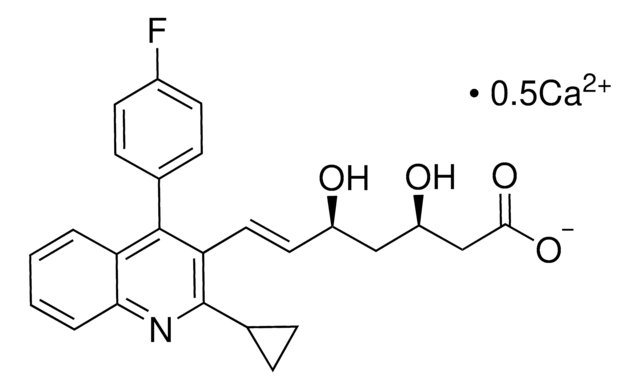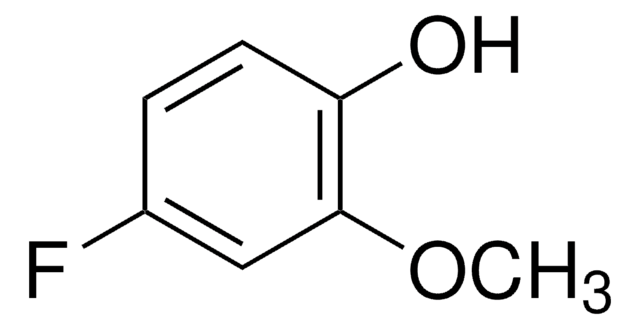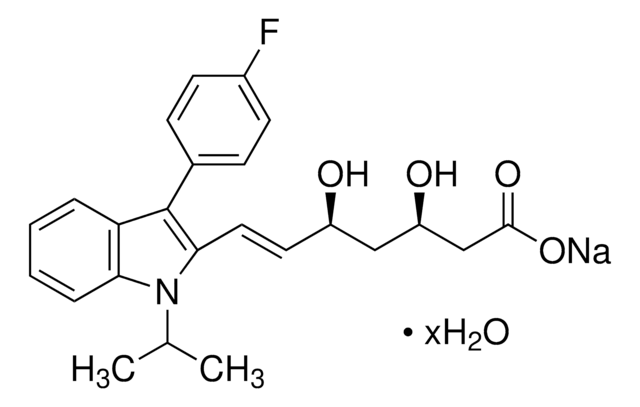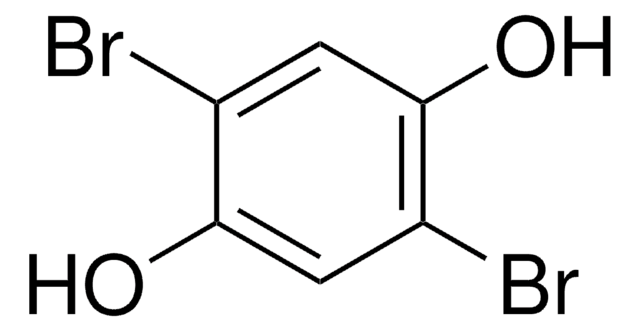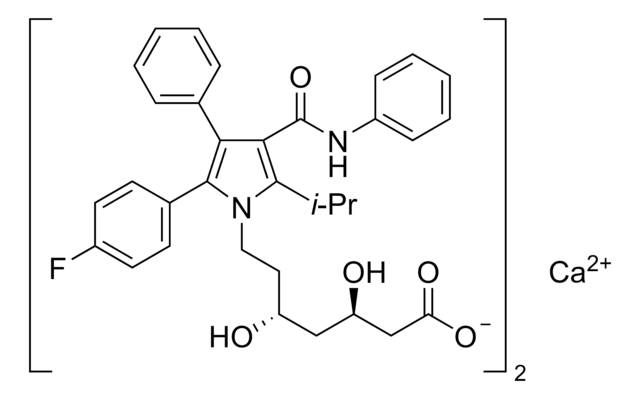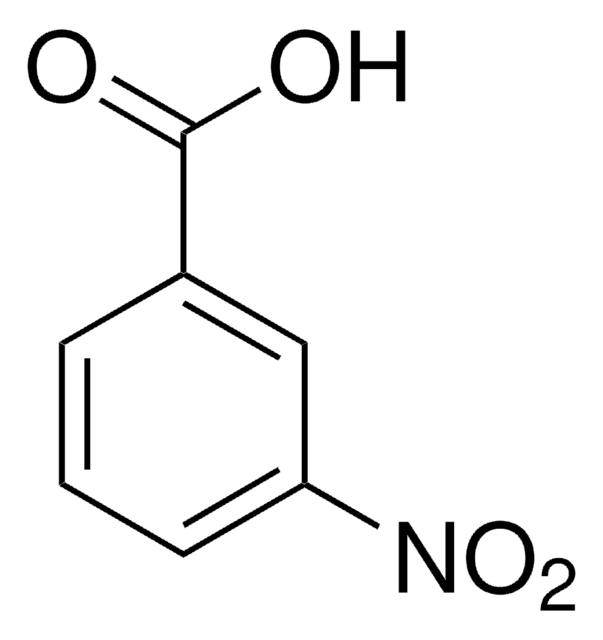SML0005
Cerivastatin sodium salt hydrate
≥98% (HPLC)
Sinónimos:
(3R,5S,6E)-7-[4-(4-Fluorophenyl)-5-(methoxymethyl)-2,6-bis(1-methylethyl)-3-pyridinyl]-3,5-dihydroxy-6-heptenoic acid sodium salt hydrate, Rivastatin hydrate
About This Item
Productos recomendados
assay
≥98% (HPLC)
form
powder
optical activity
[α]/D +18 to +26° in ethanol
storage condition
desiccated
color
white to tan
solubility
H2O: ≥5 mg/mL
originator
Bayer
storage temp.
2-8°C
SMILES string
O.[Na+].COCc1c(nc(C(C)C)c(\C=C\[C@@H](O)C[C@@H](O)CC([O-])=O)c1-c2ccc(F)cc2)C(C)C
InChI
1S/C26H34FNO5.Na.H2O/c1-15(2)25-21(11-10-19(29)12-20(30)13-23(31)32)24(17-6-8-18(27)9-7-17)22(14-33-5)26(28-25)16(3)4;;/h6-11,15-16,19-20,29-30H,12-14H2,1-5H3,(H,31,32);;1H2/q;+1;/p-1/b11-10+;;/t19-,20-;;/m1../s1
InChI key
NJHMEKXCHXHQPP-PZLZTSNUSA-M
General description
Application
Biochem/physiol Actions
Features and Benefits
Storage Class
11 - Combustible Solids
wgk_germany
WGK 3
flash_point_f
Not applicable
flash_point_c
Not applicable
Certificados de análisis (COA)
Busque Certificados de análisis (COA) introduciendo el número de lote del producto. Los números de lote se encuentran en la etiqueta del producto después de las palabras «Lot» o «Batch»
¿Ya tiene este producto?
Encuentre la documentación para los productos que ha comprado recientemente en la Biblioteca de documentos.
Los clientes también vieron
Artículos
Randomized controlled clinical studies have suggested 3-hydroxy-3-methylglutaryl coenzyme A (HMG-CoA) reductase inhibitors (statins) are effective in both primary and secondary prevention of cardiovascular disease (CVD) events.
Contenido relacionado
Discover Bioactive Small Molecules for Lipid Signaling Research
Nuestro equipo de científicos tiene experiencia en todas las áreas de investigación: Ciencias de la vida, Ciencia de los materiales, Síntesis química, Cromatografía, Analítica y muchas otras.
Póngase en contacto con el Servicio técnico
